Abstract
The exploration and monitoring of marine biodiversity are essential for sustainable environmental management and conservation efforts. Traditional methods for identifying and classifying marine organisms are labor-intensive and time-consuming. This project proposes an automated solution using deep learning techniques, specifically the YOLOv8n (You Only Look Once, version 8 – nano) model, for real-time detection and classification of marine species in underwater environments. YOLOv8n, a lightweight and efficient object detection model, is well-suited for deployment in constrained environments like underwater drones or edge devices. The system is trained on annotated datasets of marine life and optimized for accuracy and speed. Experimental results demonstrate the model’s ability to detect and classify multiple organisms with high precision, offering a scalable and cost-effective alternative for marine research and conservation.
Synopsis
Title: Marine Organisms Detection and Classification using Deep Learning – YOLOv8n
Objective:
To develop a real-time system for detecting and classifying marine organisms using deep learning, specifically the YOLOv8n model.
Introduction:
Monitoring marine ecosystems is crucial for ecological research and environmental protection. Manual observation methods are limited by human effort, subjectivity, and scale. Deep learning provides an automated approach to identify and track marine life efficiently and accurately.
Methodology:
-
Dataset collection and preprocessing of labeled images of marine organisms
-
Model selection: YOLOv8n for its high-speed and low-computation requirements
-
Training the model using transfer learning on annotated marine datasets
-
Real-time detection and classification through video stream analysis
-
Evaluation of the model using precision, recall, and mAP (mean average precision)
Expected Outcomes:
-
An efficient deep learning model capable of detecting and classifying common marine species in real-time
-
High accuracy and low latency suitable for integration with marine drones or underwater monitoring systems
-
A contribution to marine biodiversity tracking and conservation technology
Tools and Technologies:
-
YOLOv8n (Ultralytics)
-
Python, OpenCV
-
PyTorch or TensorFlow
-
Labeled marine organism dataset
Conclusion:
This project aims to bridge the gap between marine biology and AI by offering an automated, real-time, and scalable solution for marine species identification using the YOLOv8n model, supporting future advancements in ocean research and conservation.


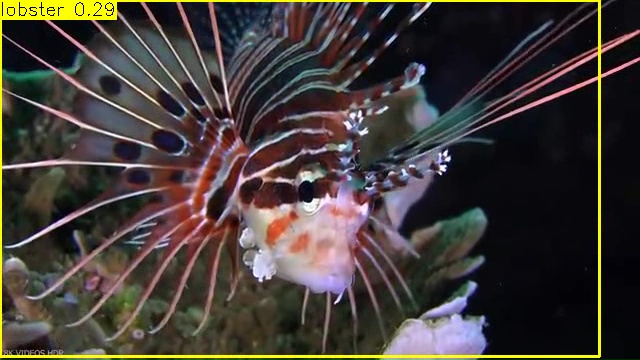
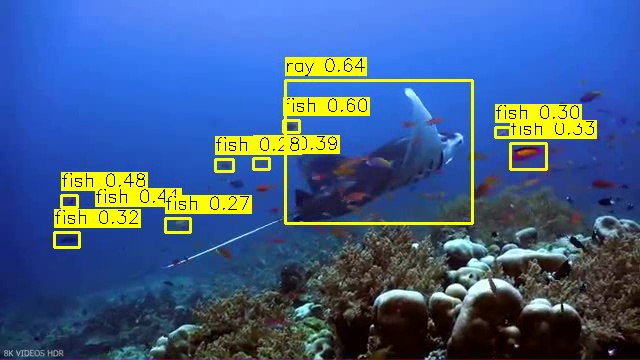
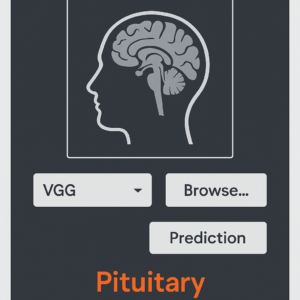
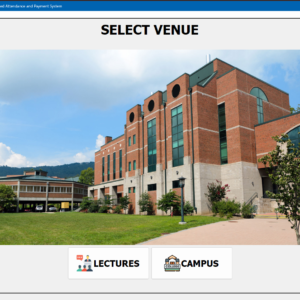
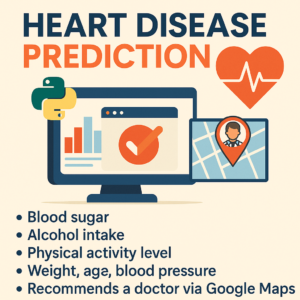

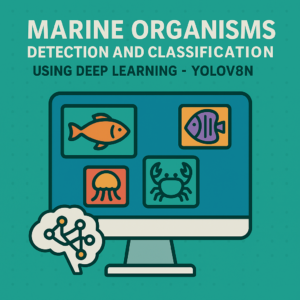
Reviews
There are no reviews yet.